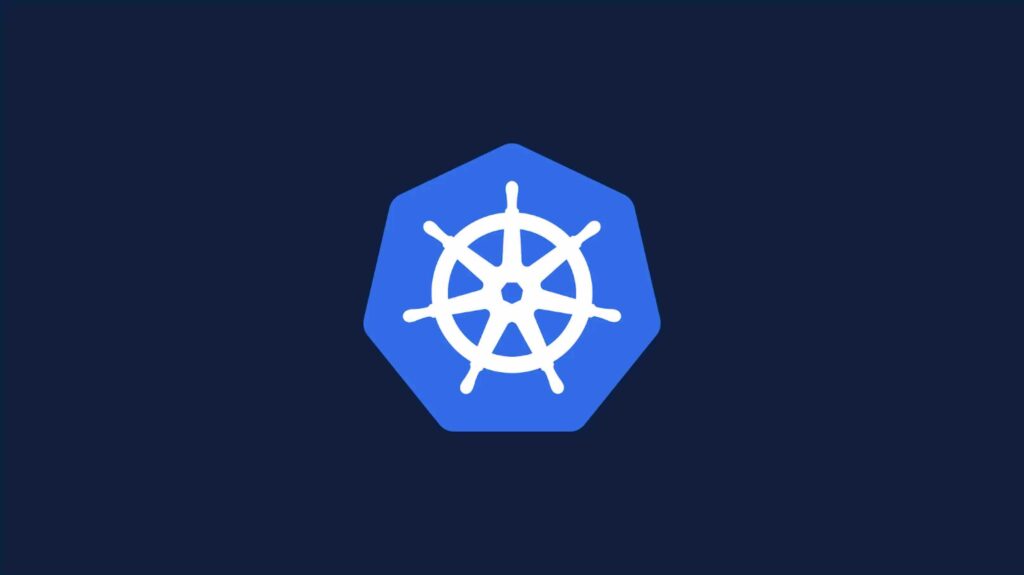Part III: Executing the Transition of Your Node.js API Workload from EC2 to EKS

Introduction
Welcome to Part III of our blog series on migrating stateless Node.js API workloads from Amazon EC2 to Amazon EKS. In Part II, we set up the EKS environment, Dockerized our Node.js application, prepared Kubernetes manifests and Helm charts, and fine-tuned resource limits. Now, it’s time to execute the actual transition. In this phase, we will guide you through choosing the right time for migration, initiating the phased transition, monitoring the new setup, addressing any issues, deprecating the old EC2-based service, and emphasizing continuous monitoring and improvement.
1. Choosing the Right Time for Migration
Timing is crucial when migrating a production workload. Carefully assess your application’s traffic patterns and user behavior to determine the least impactful time for migration. Consider periods of lower traffic or when maintenance windows are typically scheduled. Communicate with stakeholders and coordinate with other teams to ensure a smooth transition. By choosing an optimal time, you minimize the impact on end-users and ensure a successful migration.
- Analyze historical traffic patterns using AWS CloudWatch or other monitoring tools to identify periods of lower utilization.
- Consult with your operations team to understand any upcoming maintenance windows or blackout periods.
- Consider conducting surveys or interviews with your users to gather insights on their peak and off-peak usage patterns.
2. Initiating Phase One: Migrate a Small Portion of Traffic
Begin the migration process by directing a fraction of the traffic from your EC2-based service to the new EKS environment. This phased approach allows you to test the new setup and identify any potential issues before transitioning the entire workload. Gradually increase the traffic to the EKS cluster and closely monitor the performance, error rates, and resource utilization during this phase. Use metrics and logging tools to gain insights into the behavior of your application in the new environment.
- Utilize AWS Route 53 weighted routing or traffic shifting techniques to divert a portion of the traffic to the EKS cluster while keeping the majority hitting the EC2 instances.
- Implement canary deployments by routing a small percentage of users to the EKS cluster while monitoring key performance indicators.
3. Monitoring and Observing
As you proceed with the phased migration, it’s crucial to closely monitor and observe the performance and health of your EKS environment. Utilize the monitoring tools available in the AWS ecosystem, such as CloudWatch for metrics, CloudTrail for auditing, and X-Ray for tracing requests. Regularly review the metrics, set up alerts for critical thresholds, and leverage dashboards to gain visibility into your application’s behavior. Identify any performance bottlenecks, scalability concerns, or configuration issues that need to be addressed.
- Use AWS CloudWatch to monitor key metrics like CPU utilization, memory consumption, and network traffic.
- Leverage AWS X-Ray to trace requests and identify any latency or performance issues within your application.
4. Proceed with Full Migration or Tackle Phase One Issues
Once you have successfully migrated a portion of the traffic and the new environment is performing as expected, you can proceed with migrating the remaining traffic to the EKS cluster. However, if any issues or performance bottlenecks arise during Phase One, it’s important to address them before proceeding further. Analyze the root causes, make necessary adjustments to your configurations, and conduct thorough testing to ensure a smooth transition for the remaining workload. Iteratively refine your setup and resolve any outstanding issues before proceeding to the next phase.
- Perform load testing in the EKS environment to assess its capacity and identify any scalability or performance limitations.
- Implement automated rollback mechanisms to quickly revert to the previous environment in case of any critical issues.
5. Deprecation of the Old EC2-based Service
Once you have confirmed the successful migration of your workload to the EKS environment and verified its stability, it’s time to deprecate the old EC2-based service. Gradually phase out the EC2 instances, ensuring that all traffic is now routed to the new EKS cluster. Conduct thorough testing and validation to ensure the new environment is fully operational and meets your performance requirements. Update DNS records, load balancer configurations, and any other necessary components to complete the deprecation process. Communicate the transition to stakeholders and provide necessary documentation to ensure a smooth handover.
- Implement a gradual traffic cutover strategy, gradually reducing the traffic to the EC2 instances while increasing the traffic to the EKS cluster.
- Collaborate with your networking team to update DNS records and load balancer configurations to route traffic exclusively to the EKS cluster.
6. Continuous Monitoring and Improvement
Transitioning to the EKS environment is not the end of the journey. It’s essential to establish a culture of continuous monitoring and improvement. Continuously monitor the performance, resource utilization, and user experience in the EKS environment. Utilize the available monitoring tools to identify bottlenecks, optimize resource allocation, and fine-tune your configurations as needed. Regularly review your CI/CD pipelines and consider automating further processes to streamline your development workflow. Implement automated scaling mechanisms to ensure efficient resource utilization and manage traffic fluctuations. Continually iterate and optimize your setup to meet evolving requirements.
- Implement Kubernetes Cluster Autoscaler to automatically adjust the cluster size based on resource utilization and demand.
- Leverage AWS Cost Explorer and other cost management tools to optimize your infrastructure costs in the EKS environment.
Conclusion
In Part III, we discussed executing the transition from EC2 to EKS. By carefully choosing the right time for migration, initiating a phased transition, monitoring and addressing any issues, deprecating the old EC2-based service, and emphasizing continuous monitoring and improvement, you can ensure a successful migration process. Transitioning to EKS unlocks the benefits of scalability, manageability, and flexibility. With these steps, you can achieve a seamless transition and pave the way for future growth and innovation. Happy migrating!